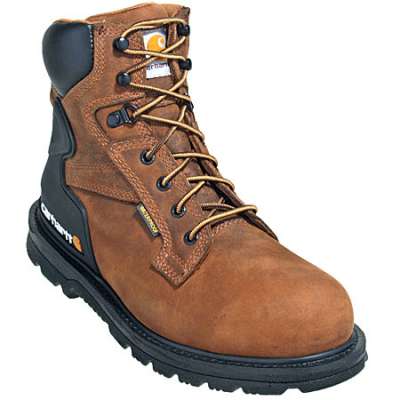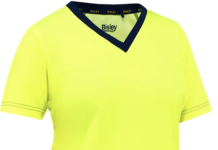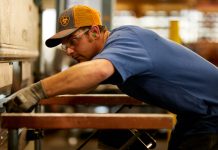Like most of the body, the human foot is a biological masterpiece. It is strong, flexible, and with its functional design your feet are able to do their job and do it well. That is, as long as you follow proper foot care guidelines. There are some simple things you can do everyday at home to keep your feet safe. Always wash and dry them daily. Check your feet for any corns, calluses or other abnormalities regularly. If you notice anything peculiar, visit your podiatrist. It helps to keep your toenails trimmed straight across and allow the nail to be slightly longer than the rest of the toe. All of these methods will help to protect your feet and keep them in good working condition.
According to the national Safety Council, in any given year, there are around 120,000 job-related foot injuries, a third of which are toe injuries. An average day of walking brings a force equal to several hundred tons to bear on the feet. Perhaps this is why feet are more susceptible to injury than any other part of the body. Although some foot ailments can be traced to heredity, many are caused by the cumulative impact of a lifetime of abuse and neglect. When your job requires that you stand for long periods of time or if you work in a hazardous area your feet are at risk for injury. You can prevent injuries and keep your feet healthy by following safe work practices. One of the most important and effective ways to keep your feet protected is to wear the proper footwear on the job.
Your employer is responsible for making sure you are aware of the dangers your job present, but it is your responsibility to wear the proper footwear to protect your feet. OSHA has set standards for specific footwear that provides protection for various risks on the job. The most common hazards on the job range from falling or rolling objects, to objects that could pierce the sole, to your feet being exposed to electrical or chemical hazards. It is necessary to know the danger of the job and to obtain the proper footwear.
Steel-Reinforced safety shoes are designed to protect the foot from common machinery dangers like falling or rolling objects, or cuts and punctures. With safety shoes, the entire toe box and insole are reinforced with steel and plastic, aluminum or steel materials protect the instep. Safety shoes also are insulated to protect against extreme temperature. Many of these shoes have special soles to guard against chemicals, slipping and/or electrical hazards. When you are searching for the right gear for your feet, be sure and know your jobs hazards and read the labels of the merchandise you’re looking at. A safety shoe may be right for your line of work. If you don’t find the protection you need with these, keep looking.
Another alternative protection is safety boots. Safety boots offer more protection when splash or spark hazards (chemicals or molten materials) are present. When your job has you working with corrosives, caustic, cutting oils and petroleum products, there are special boots to keep you safe. Safety boots made with neoprene or nitrile prevent against penetration. There is also the Foundry or “Gaiter” style boots that feature quick-release fasteners to allow speedy removal should hazardous substances gets into the boot itself. When your working with electricity, safety boots offer special electrical hazard boots that are designed with no conductive materials other than the steel toe which is properly insulated.
No matter what kind of footwear you choose that has the right protection for your needs, you should also make sure that it is ANSI stamped. Footwear that meets established safety standards will have an American National Standards Institute (ANSI) label inside each shoe or boot. Each boot with this label will meet different safety requirements. Depending on the dangers of your job ANSI has specifications to ensure the ultimate protection.
Other than what you wear on your feet, there are certain guidelines you should follow to keep yourself safe. It is important to develop safe work habits to avoid accidents and injuries. You should never take chances or unnecessary risks, always allow yourself time to do the job right without shortcuts. You should remain alert to your surroundings watch out for hidden hazards. Never put another employee at risk. Use equipment on the job as is specified. Try not to rush yourself or others. Remember that the safety of yourself and others is more important than the job. When you follow safety footwear standards like these and go to work with the proper footwear, you are less likely to get injured. Knowing the hazards your job presents and making the proper precautions for them is the safest thing you can do.




